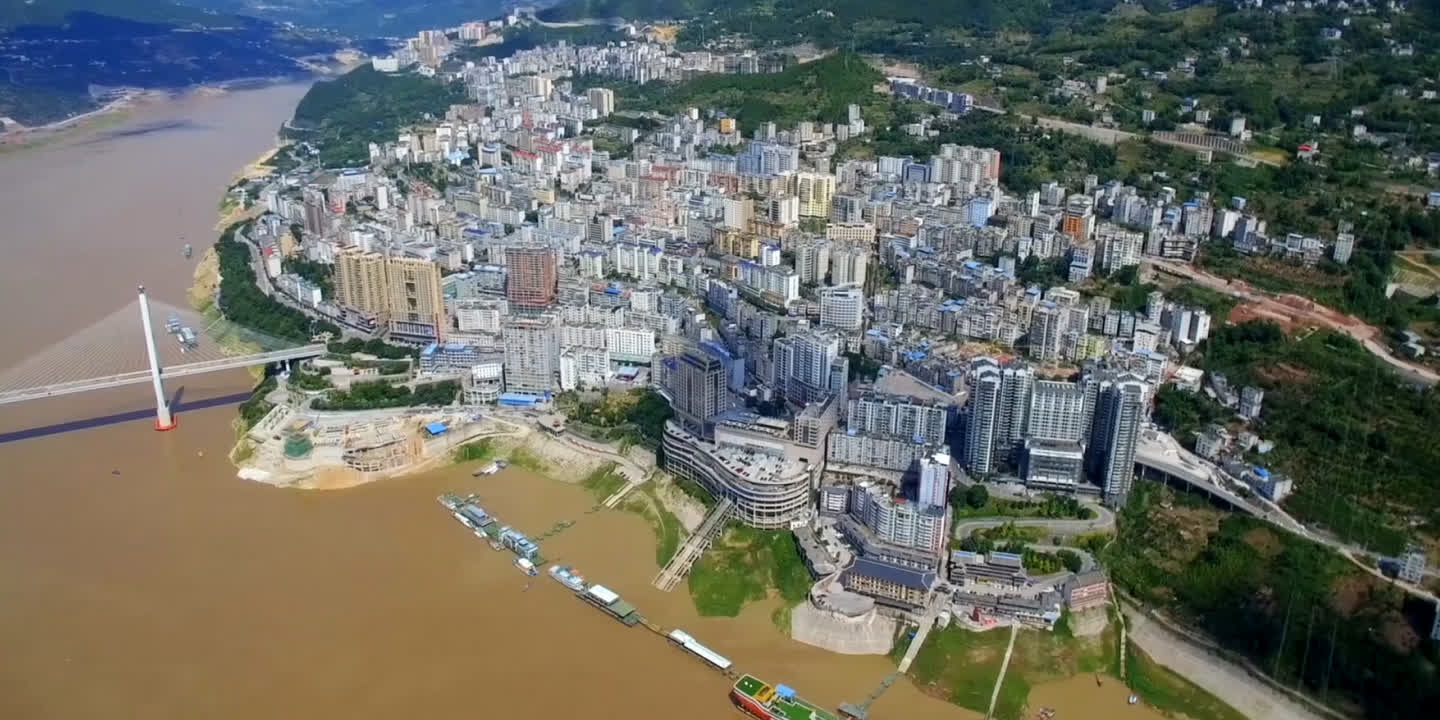宏偉的萬里長城、紫禁城和天壇之外,中國亦擁有近25,000個湖泊。近20年的統計還算出中國有近50,000條大大小小的河流,包括氣勢磅礴的黃河,現在聽到的鋼琴協奏曲《黃河》就是以它命名。還有長江,是世界上流動在一個國家內最長的河流,也是現代工程壯舉、世界最大水力發電站三峽大壩的所在地,從吉林到江蘇,從雲南到湖南。這些水域聯結著人與社群,河道流經之處,孕育出城市與文化,欣欣向榮,進而將大量人口從鄉村帶往城市。然而,經濟發展也帶來了工業的廢水和污染,加上環境變化和水土流失,導致數千條河流從地圖上消失。但有一個新的創舉或將改變這一切,現在,中國的每個湖泊、每條河流,都在省、市、縣、鄉各級有自己的河長。全國共有超過100萬名河長,這些河長的工作是通過管理和規劃所負責的河流,確保過去的錯誤絕不會再次發生。湘江是長江流域的一部分,流經湖南省長沙市,湖南省6700萬人口中有60%生活在湘江邊。長期以來,這種人口密度帶來的壓力導致嚴重的重金屬污染,威脅著居民的飲用水水源,埋下了重大健康隱患。水裡的水銀、鉛和鉻等金屬元素超標的報道開始見諸報端,同時還爆發了鎘中毒的事故。現時靠著當地河長們的工作,湘江的水質開始逐漸恢復過去曾經的清澈。一個接一個,這樣的故事正在不斷上演。
紹興坐落於杭州灣南岸,當地興建了10,000 多座橋樑跨過很多河道。人們在橋上行走、歇息、攝影留念,守護河水的工作已經成為紹興人的日常。現在流經這裏的水質已變得更加潔凈,紹興也富有濃厚的地方傳統氣息。紹興新娘出嫁當天要跨過三座橋:福祿橋、萬安橋、如意橋。但眼下的挑戰是如何持續進行河流保護工作,讓辛苦取得的改善可以留住。湖泊與河流是所有人類社群的生命線,任何經濟發展都不應以珍貴的自然資源為代價。
Note: Make sure the music is well balanced with the voiceover level – not too loud
China is the country of the Great Wall, the Forbidden City and the Temple of Heaven.But it’s also a country of almost 25,000 lakes and as recently as two decades ago around 50,000 rivers. These include the mighty Yellow River, for which the cantata and piano concerto you can hear now was named, and the Yangtze River, the longest in the world to flow entirely in one country, and home to the Three Gorges Dam, the world’s largest power station and a modern feat of engineering.
From Jilin to Jiangsu, and Yunnan to Hunan, their waters connect people and communities. And where they flow, so cities and cultures have emerged and flourished, and in turn tilted the weight of the population from the countryside to the urban areas. But economic development has also given rise to industry, toxic waste and pollution, that coupled with climate change and the loss of water and soil, has caused thousands of rivers to disappear off the map.
But a new innovation could change that. Now, every lake and river in China has its own ‘chief’ at provincial, municipal, county and township levels. Together, there are more than a million of these chiefs, and what they do is ensure that the problems of the past never happen again by managing and regulating the rivers they care for. The Xiang River is part of the Yangtze River and runs through the city of Changsha in the province of Hunan, where 60 percent of its 67 million people lived along the river.
Over time, the pressure created by this population density led to serious water and metal pollution, threatening the drinking water it supplies, and creating real health risks. Reports of mercury, lead and chromium began to emerge, as well as an outbreak of cadmium poisoning. But the work of its river chiefs has helped turn this around, with the Xiang River gradually being restored to the clear waters it once knew. One by one, that story is beginning to repeat itself.
Shaoxing sits at the southern shore of Hangzhou Bay. It has many rivers and more than 10,000 bridges. People walk across them. Sit on them. Take pictures of them. Water regulation campaigns have become a norm for the people of Shaoxing, and now its waters pass through more cleanly. And there’s a local tradition as well: Shaoxing brides are said to cross three bridges on their wedding day: Fulu Bridge, Wan’an Bridge and Ruyi Bridge.
But the challenge now is to continue this work, so that the improvements being made become a standard, not an exception. Lakes and rivers are the lifeblood of any community. No promise of economic development can surely override this enormously precious resource we have been gifted.
This is James Chau for The China Current.

